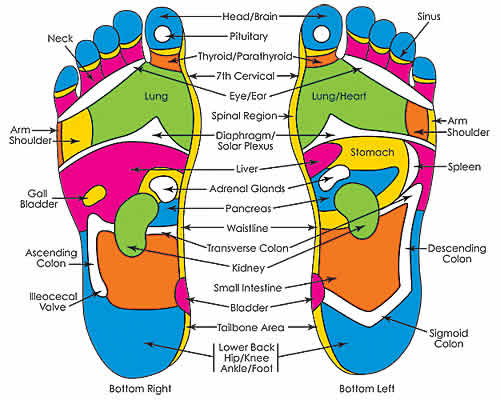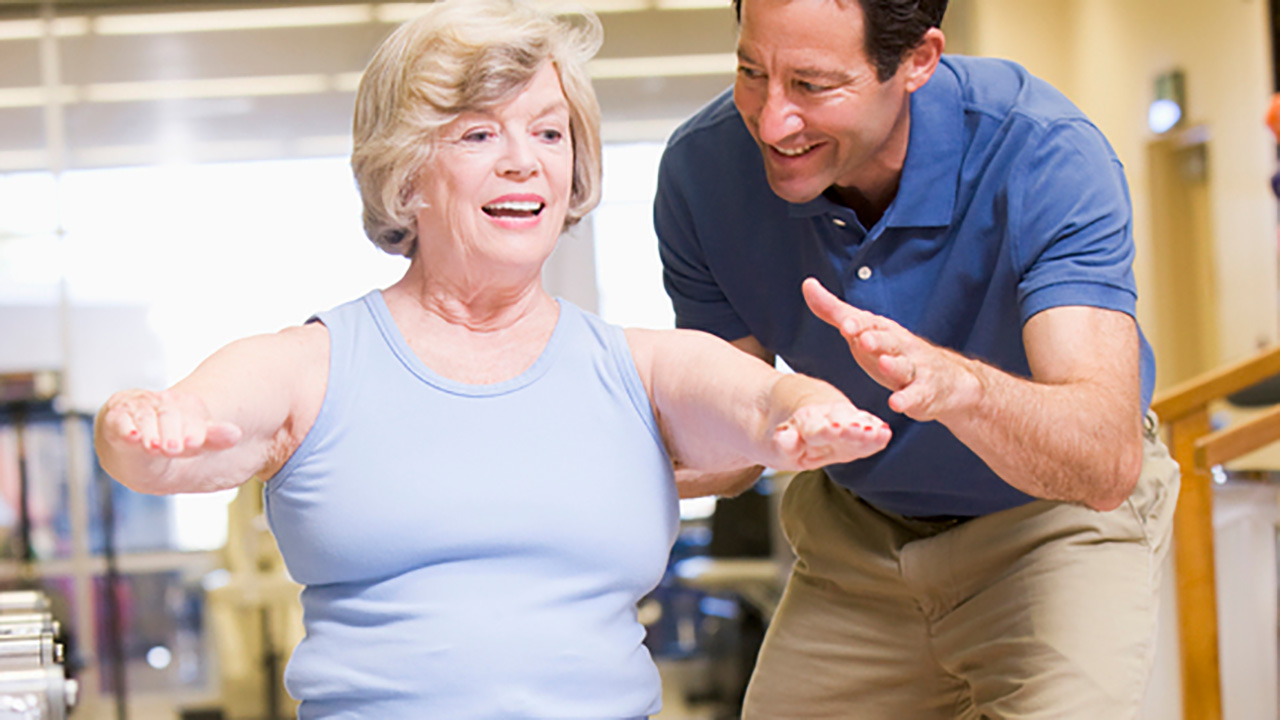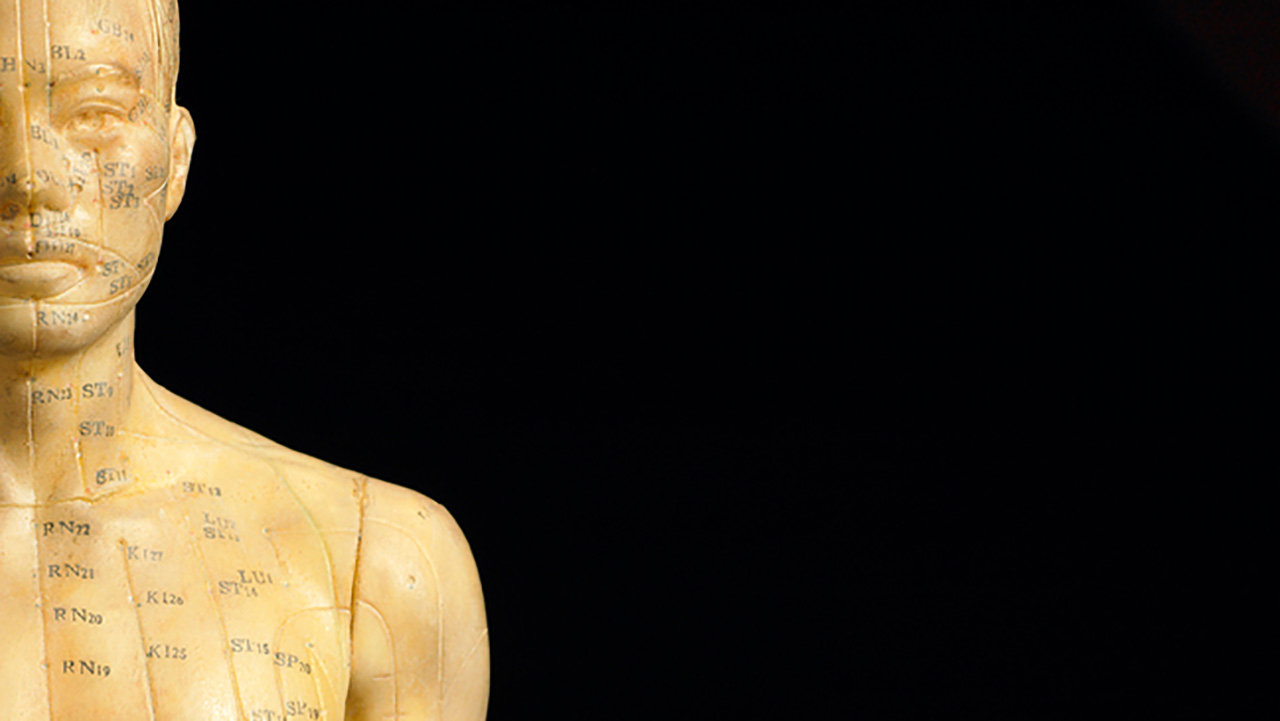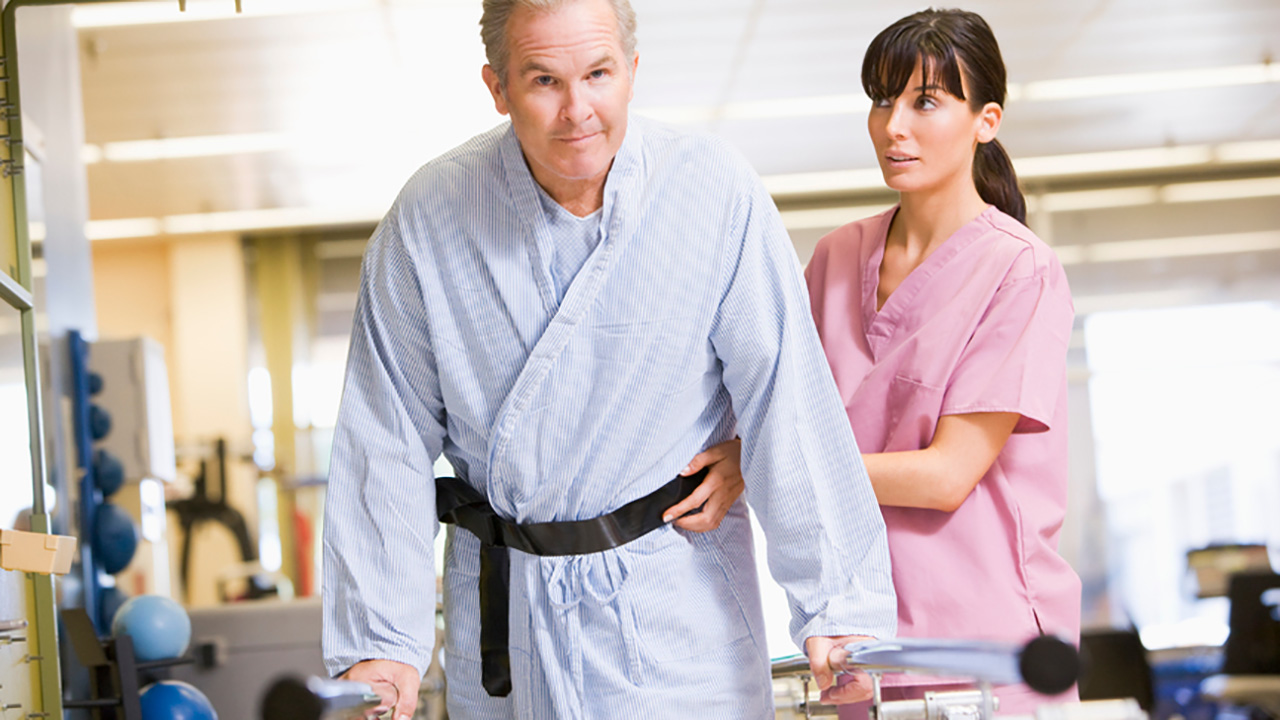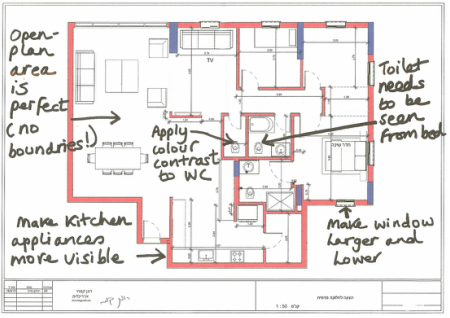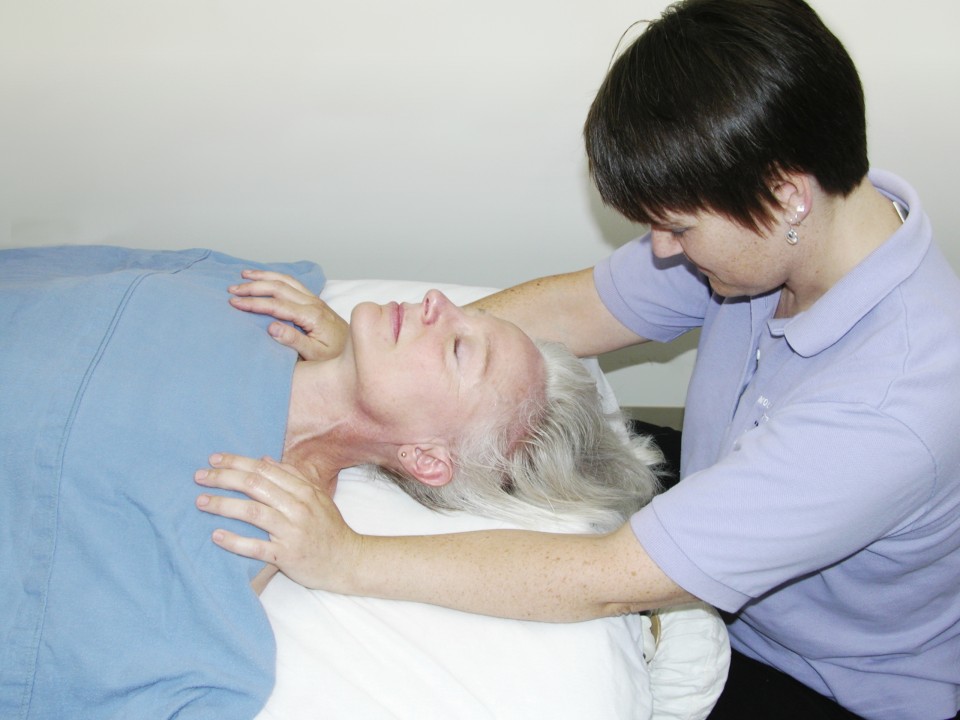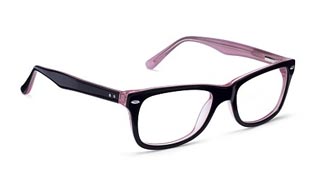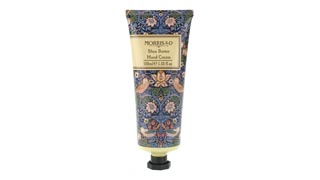Essential guide to reflexology for older people
Growing awareness of complementary and alternative medicines and therapies (CAM) such as acupuncture, homeopathy, chiropractic, raiki, massage, and reflexology has led to increasing numbers of people in the UK seeking these types of treatments to promote their wellbeing. Although supporting scientific evidence is sketchy, some of these therapies provide effective preventative healthcare. Reflexology is thought to be especially beneficial for older people dealing with complex and chronic conditions, such as pain, anxiety and depression, as well as for end of life palliative care.
What is reflexology?
Reflexology involves the manipulation of defined pressure points on the feet, hands, lower legs, face or ears. The theory is that these pressure points correspond to various areas of the body and that the application of pressure on these specific points can help to alleviate illness, encourage healing and release tension by working on lines of energy.
Here is a short explanatory video clip from the Association of Reflexologists (AOR)
How did reflexology develop as a therapy?
Although there may have been similar practices in the ancient civilisations of Egypt, India and China, modern reflexology has its origins in the early 20th century work of William Fitzgerald, a doctor in the USA, who noticed that pressure applied to one part of the body seemed to relieve problems elsewhere. This so-called ‘zone-therapy’ was developed further in the 1930s by a nurse and physiotherapist called Eunice Ingham. Using Fitzgerald’s theory that the body has 10 vertical zones each ending in a different part of the foot, she developed the first map of the ‘reflexes’ to be found on the foot and to which body parts they were connected.
What to expect at a reflexology session
After taking note of the patient’s medical history, lifestyle and general health, the reflexologist will use this information to choose the specific areas of the feet on which to work. Patients take off their shoes and socks and can recline in a chair or lie on a treatment table. First, the therapist will usually start by gently massaging the feet to promote relaxation. They may use lubricating oils. Then they will apply pressure to specific areas of the feet. It’s normal for this pressure to feel sensitive or uncomfortable, but it should never be painful.
Sessions normally last around 30 minutes to an hour and an initial course of treatment may involve 6-8 sessions, depending on particular issues. Some people like to have regular, on-going weekly or fortnightly sessions.
Reflexologist fees range from £25 to £60 an hour depending on the practitioner and the area. Reduced charges or even free sessions may be available from some hospitals and cancer care centres.
Benefits of reflexology for older people
Reflexology cannot cure diseases, but can help to alleviate the symptoms of many health problems. As a gentle, non-invasive treatment, reflexology is thought to be very beneficial to promoting a better quality of life for many older people.
Reflexologists believe that gentle massage of specific points on the feet can complement mainstream medicine, particularly by inducing a state of deep relaxation, improving blood and lymphatic circulation and helping the body’s own healing processes. Regular reflexology sessions can help older people cope with general aches and pains as well as alleviating symptoms associated with some chronic problems, including:
- Respiratory conditions.
- Anxiety and depression.
- Recovery from stroke.
- High blood pressure.
- Migraine and headaches.
Another important aspect of reflexology is the positive impact of having one-to-one time with the therapist, of being listened to and having respectful physical contact. This can be particularly beneficial for isolated or lonely older people, either living independently or in a care home.
When reflexology shouldn’t be tried
Reflexology for the feet is not advisable for people with:
- Foot fractures.
- Unhealed wounds on the feet.
- Active gout.
- Osteoarthritis of the foot or ankle.
- Vascular disease of the legs or feet.
- Thrombosis or embolism.
In some cases, people can benefit from reflexology of the hands or ears instead.
Choosing a reflexologist
Although often used alongside mainstream treatments, complimentary therapies generally fall outside conventional medicine and healthcare and it is always advisable that anyone thinking about trying such treatment should talk to their GP first.
If your older parent has limited mobility, you should be able to organise a home visit.
- NHS advice: The NHS Choices website has some good advice and information on how to choose a complimentary medical practitioner, as well as some useful background on how complimentary medicine is regulated
- The Complementary and Natural Healthcare Council: The CNHC has some good advice here on what to look for when choosing a complementary therapist. You can also use this website to check if a particular reflexologist you’ve been recommended, or have heard about, is registered with the CNHC.
- Association of Reflexologists: You can also search for a reflexologist via the AOR website here.
Things to consider
Finally, if you think reflexology might be helpful for your older parent, remember that a professional reflexologist should always be aware of foot problems which commonly occur in older people,such as sensitive skin, fragile bones, problem toe nails, bunions, arthritis, reduced circulation, etc.
Above all else, reflexology is supposed to be relaxing, so you need to make sure your chosen reflexologist is sensitive to your older parent’s particular health issues and tailors their sessions to suit.
Other useful articles by myageingparent.com
How physiotherapy can help older people
The benefits of osteopathy for older people
How acupuncture can help the elderly
Useful links
Complementary and Natural Healthcare Council



